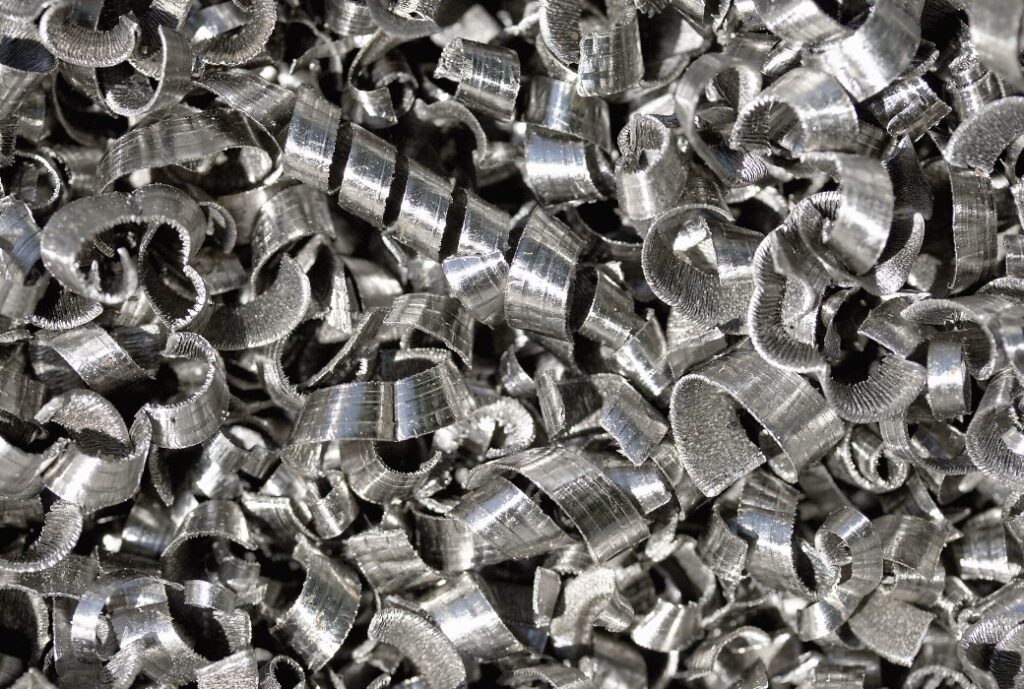
TQ Manufacturing specializes in machining shapes and has been machining a wide variety of aluminum castings for decades, developing it as a core competency. Aluminum castings are widely used in various industries due to their versatility, lightweight nature, and excellent strength-to-weight ratio. However, machining aluminum castings requires specific techniques and considerations to achieve optimal results. In this blog post, we will look at the art and science of machining aluminum castings, highlighting key considerations, techniques, and benefits of this machining process.
What are aluminum castings? Aluminum castings are produced through the process of pouring molten aluminum into a mold to create complex shapes and components. They offer excellent corrosion resistance, thermal conductivity, and high strength to weight ratio, making them ideal for applications in aerospace, automotive, electronics, and more.
- Machining Considerations for Aluminum Castings
• Aluminum’s softness: Aluminum is a relatively soft, ductile metal, which can result in built-up edge and chip welding during machining. Adjustments in cutting parameters and techniques are necessary to counteract these challenges.
• Thermal expansion: Aluminum has a high coefficient of thermal expansion, which means that careful consideration must be given to ensure dimensional accuracy and stability during machining operations.
• Work holding: Aluminum castings are often cast in complex shapes and require craftiness in developing fixturing methods for machining. Experience and engineering know how become critical in this regard. - Cutting Tools for Machining Aluminum Castings
• Carbide tools: Carbide inserts and end mills are commonly used for machining aluminum castings. They offer high wear resistance and can withstand the high cutting speeds associated with aluminum machining.
• High-speed steel (HSS) tools: HSS tools can be effective for light-duty machining operations and low-speed applications.
• Polycrystalline diamond (PCD) tools: PCD tools, while expensive, are suitable for achieving high surface finish and dimensional accuracy in aluminum machining. - Machining Techniques for Aluminum Castings
• High-speed machining: Aluminum can be machined at higher speeds compared to other metals. Utilizing higher cutting speeds and feed rates can reduce machining time and improve productivity.
• Trochoidal milling: This technique involves circular tool paths that minimize tool engagement and heat generation. It helps to achieve smoother cuts and reduce tool wear.
• Climb milling: In climb milling, the tool moves in the same direction as the rotation. This technique can improve surface finish and reduce tool wear.
• Proper chip evacuation: Efficient chip removal is essential to prevent chip welding and built-up edge. Ensuring proper cutting parameters and using chip breakers can enhance chip control. - Advantages of a Winning Combination – Machined Aluminum Castings
• Design flexibility: Aluminum castings allow for intricate and complex shapes, making them suitable for various applications. Machining them post casting allows for even more flexibility dimensionally with geometry and with surface finishes.
• Weight reduction: Aluminum’s lightweight nature contributes to fuel efficiency and easier handling in different industries. Casting provides near net shapes, while machining can further provide additional weight reduction.
• Corrosion resistance: Aluminum castings possess excellent corrosion resistance properties, making them suitable for environments where protection against rust is crucial. Aluminum parts can also be chemically treated post machining with finishes such as anodizing.
• Thermal conductivity: Aluminum’s high thermal conductivity makes it an ideal choice for heat dissipation applications.
Machining aluminum castings requires expertise, precision, and a thorough understanding of aluminum’s characteristics and experience. By considering the softness of the material, thermal expansion, selecting appropriate cutting tools, and implementing suitable machining techniques, manufacturers can unlock the full potential of aluminum castings. The benefits of machining aluminum castings, including design flexibility, weight reduction, corrosion resistance, and thermal conductivity, make them a preferred choice in numerous industries. By mastering the art of machining aluminum castings, manufacturers can achieve superior results and leverage the exceptional properties of this versatile metal. Partner with an experienced machine shop that can bring your designs to life and deliver the quality parts you need in your supply chain.


